Delivering higher density suburban development: The impact of building design and residents’ attitudes
Blog post by Pablo Navarrete-Hernandez, Alan Mace, Jacob Karlsson, Nancy Holman and Davide Alberto Zorloni
- Created
- 7 Sep 2021, 3:37 p.m.
- Author
- Pablo Navarrete-Hernandez, Alan Mace, Jacob Karlsson, Nancy Holman and Davide Alberto Zorloni
- DOI
- 10.1177/00420980211036633
Abstract: https://journals.sagepub.com/doi/abs/10.1177/00420980211036633
London has a housing and affordability crisis. According to the Greater London Authority estimates, 66,000 new homes will need to be built each year in the coming two decades just to keep up with the growing demand. Much of the new development is scheduled for the traditionally low-density and suburban outer London boroughs. But how will outer London inhabitants respond to changes in density? How will they perceive increases in density and what, if anything, could make increased densities more palatable and so less likely to lead to opposition?
With these questions in mind, we set out to investigate how/whether design could be used to make people think that buildings have been constructed at a lower density than they have been. This included testing whether reflecting traditional (vernacular) suburban designs could make higher density development more acceptable. Examples of such designs were pitched roofs, brick facades, and front gardens.
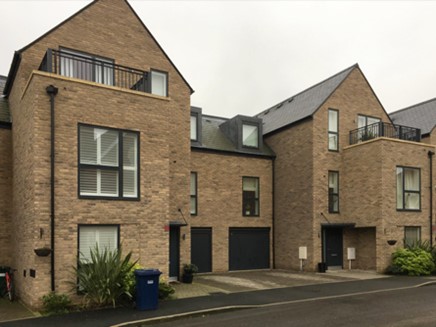 |
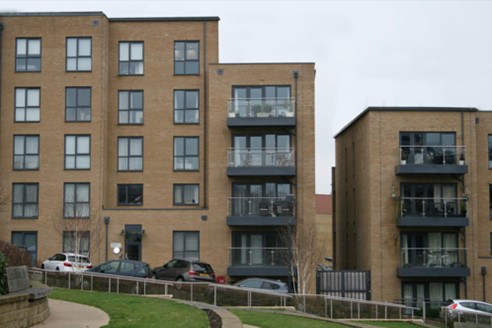 |
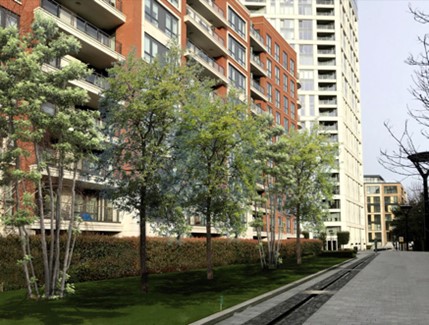 |
To test the influence of design, we developed an experiment simulating images of eight different design features with varying degrees of intervention, in different density scenarios. Participants were asked to evaluate one image selected randomly from each of the categories on a scale from 1 to 10, according to how dense and how acceptable they found the development to be.
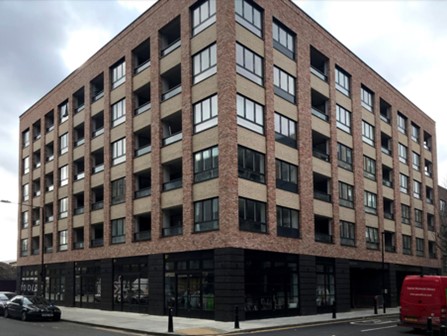 |
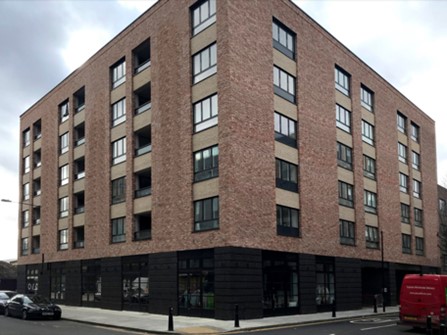 |
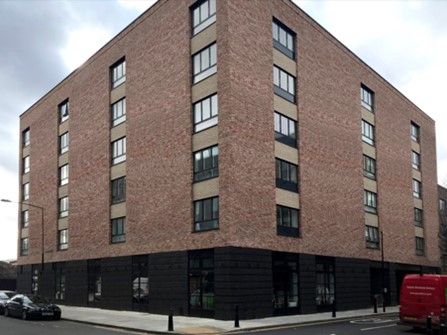 |
Results show that, at the general level, buildings that are perceived to be less dense are more acceptable. Regarding specific design features, we found a preference for traditional (British) suburban architecture. Particularly, brick and wood are the more acceptable building materials, and appear less dense than steel or plaster. Large public green areas, more windows, pitched roofs and no visible parking spaces also increased acceptability, while having a variable effect on perception. However, tweaking design features only had a significant impact in our low-density scenarios (but still more dense than in existing suburbs). It is therefore difficult to make medium or high-density developments appear less dense through design alone. So, in light of these findings, what else affects the acceptability of density?
Before rating the pictures, experiment participants were also asked for their personal views on future developments in London and local belonging and political influence. This information, combined with the experiment results, show how personal opinions on these matters have a significant influence on perceived density and its acceptability. For instance, those who agree that London has a housing crisis tend to perceive developments as less dense and more acceptable than those who do not; other influencing attitudes are NIMBY sentiments and the (perceived) capacity of an individual to influence decisions made in their neighbourhood. Thus, individual attitudes play a crucial role in shaping perceptions of density and acceptability of new housing developments.
In conclusion, while some design features might help improve density acceptability and perception, individual attitudes matter even more. Our results show the importance of informing and persuading people about the reasons why increasing density is necessary to make higher density developments more acceptable. Future research could investigate to what extent personal attitudes can be influenced, and which types of measures are the most effective. For example, this can be studied by providing a text explaining the current housing situation before showing the pictures, and then comparing the results with participants who do not see the text.
Read the accompanying article on Urban Studies OnlineFirst here.


Comments
You need to be logged in to make a comment. Please Login or Register
There are no comments on this resource.